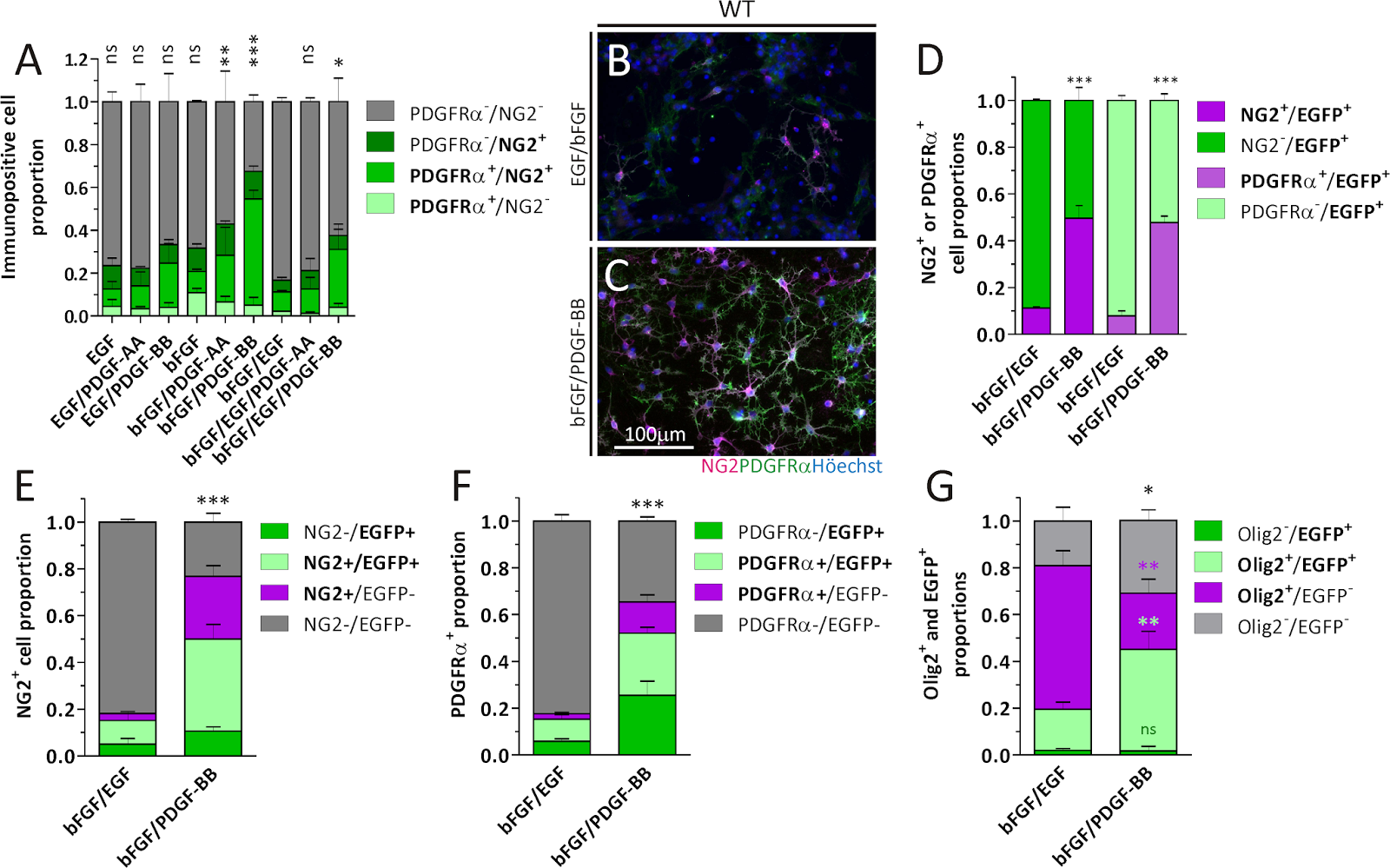Maintaining Sheep Mesenchymal Stem Cell Multipotency
We have been very selective in the
Bioactive FGF2 or FGF-basic Recombinant Proteins we make available to Stem Cell Researchers. They are many options available so we are always encouraged when we see ours referenced in publications.
Here researchers used our FGF2 to expand Sheep Bone Marrow Stem Cells (BMSCs) in culture:
Troy D Bornes, Nadr M Jomha, Aillette Mulet-Sierra and Adetola B Adesida. Hypoxic culture of bone marrow-derived mesenchymal stromal stem cells differentially enhances in vitro chondrogenesis within cell-seeded collagen and hyaluronic acid porous scaffolds.Stem Cell Research & Therapy 2015, 6:84 doi:10.1186/s13287-015-0075-4.
These cells were used for chondrogenesis studies.
Expansion of BMSCs: Bone marrow aspirate collections containing 8 x 10
7 MNCs were seeded within each 150-cm2 tissue culture flask. Culture medium composed of alpha-minimal essential medium (α-MEM) supplemented with 10% v/v heat-inactivated fetal bovine serum (FBS), penicillinstreptomycin-glutamine, 4-(2-hydroxyethyl)-1-piperazineethanesulfonic acid (HEPES), and sodium pyruvate (all from Life Technologies, Burlington, Canada) was pipetted into each flask. Fibroblast growth factor-2 (FGF-2; Neuromics Inc., Edina, USA) was added at a concentration of 5 ng/ml in order to maintain cell multipotency. Nucleated cells were allowed to adhere and grow for seven days before the first media change under normoxia (ambient 21% O2) or hypoxia (low 3% O2) at 37°C in a humidified incubator containing 5% CO2. Flasks from the hypoxic incubator experienced short periods (less than 5 minutes) of normoxic exposure during media changes. Thereafter, the media were changed twice per week until 80% cell confluence was obtained. Adherent BMSCs were detached using 0.05% w/v trypsin-ethylenediaminetetraacetic acid (EDTA; Sigma-Aldrich Corp., Oakville, Canada) and expanded under the same oxygen tension (normoxia or hypoxia) as during isolation until P2 prior to scaffold seeding. Hereafter for brevity, BMSCs described by expansion oxygen tension alone (normoxia-expanded and hypoxia-expanded BMSCs) will refer to BMSCs that were isolated and expanded under normoxia and hypoxia, respectively. The time taken from plating of nucleated cells (P0) to reach approximately 80% confluence at P2, before experimental use, varied from three to four weeks.
I anticipate more publications on these important bioactive reports as demand for them has been growing.









